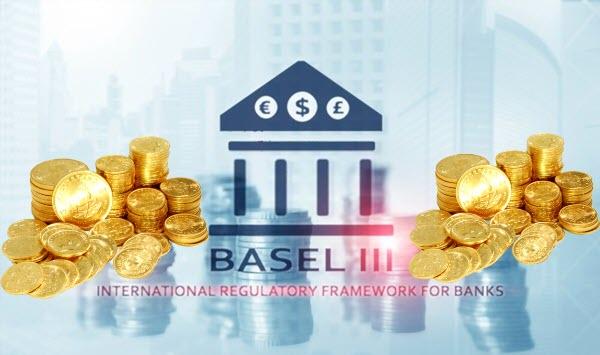
The internationally accepted measures that came into effect with the 2008 financial crisis to control and regulate the financial statements of banks and reduce risks are called Basel. Basel III aims to create a flexible banking system that supports the real economy.
The aim of the measures revised with Basel III is to prevent excessive volatility of risk-weighted assets (RWA). The fact that the risk in these assets has increased to an alarming level has caused the following additional measures to be taken.
To provide a consolidated and sensitive capital comparability that will minimize the credit risks of banks. Finalized leverage ratio to reduce risk in capital ratios and build a revised solid capital base (https://www.bis.org/bcbs/publ/d424.htm).
On the other hand, one of the reasons why gold has been on the rise lately is a new application introduced by the Basel 3 rules. That is, it is said to the banks that the more gold you sell the more gold you need to keep in your reserves. Some of these rules will come into effect for European banks at the end of June.
The deadline for other banks is January 2023. If these rules are truly enforced, that is, not delayed, most banks will be unable to sell gold. We also know that the Bank of England (BOE) has received a lot of gold requests. This demand mostly comes from banks (https://www.bloomberg.com/news/articles/2021-05-27/gold-at-boe-commands-high-premium-signaling-central-bank-buying).
The World Gold Council and the London Bullion Association are applying to change this rule of Basel 3. They have not yet received a positive response. Finally, if the US 10-year bond yields continue to rise, it will suppress the gold price, but if Basel 3 is implemented, this suppression may weaken and gold may continue to rise.